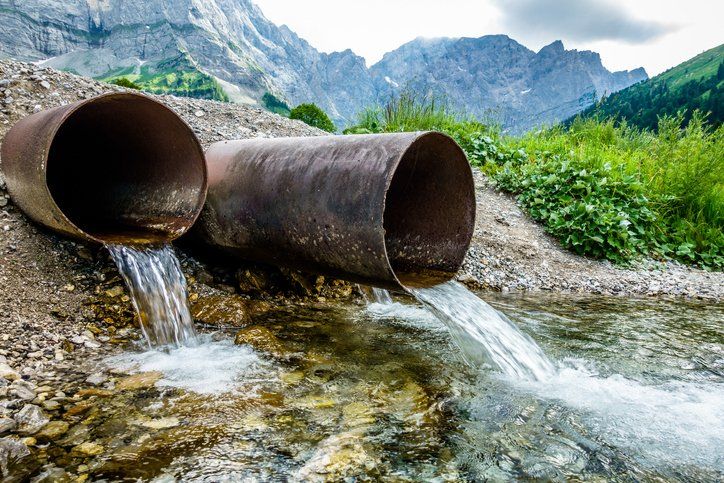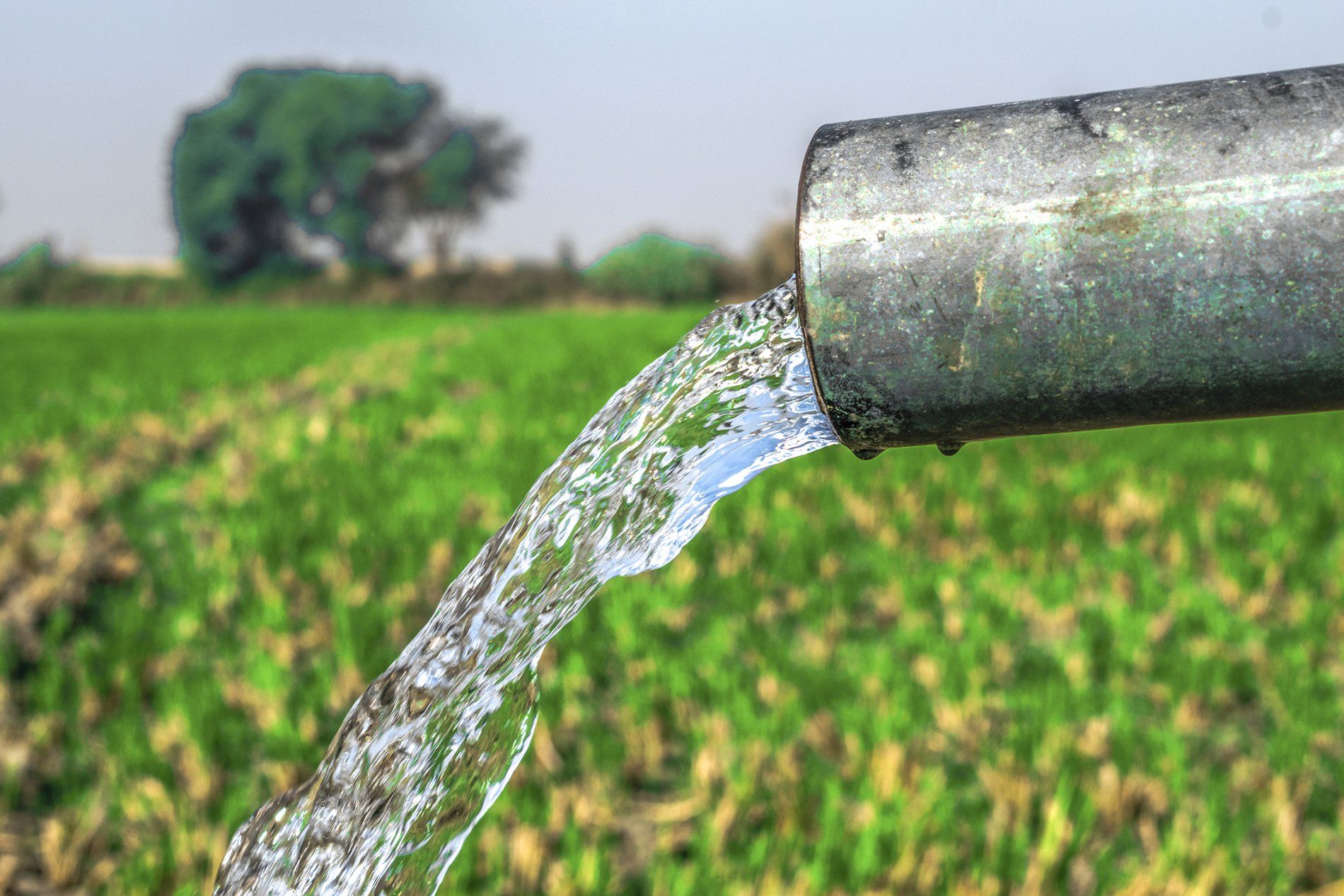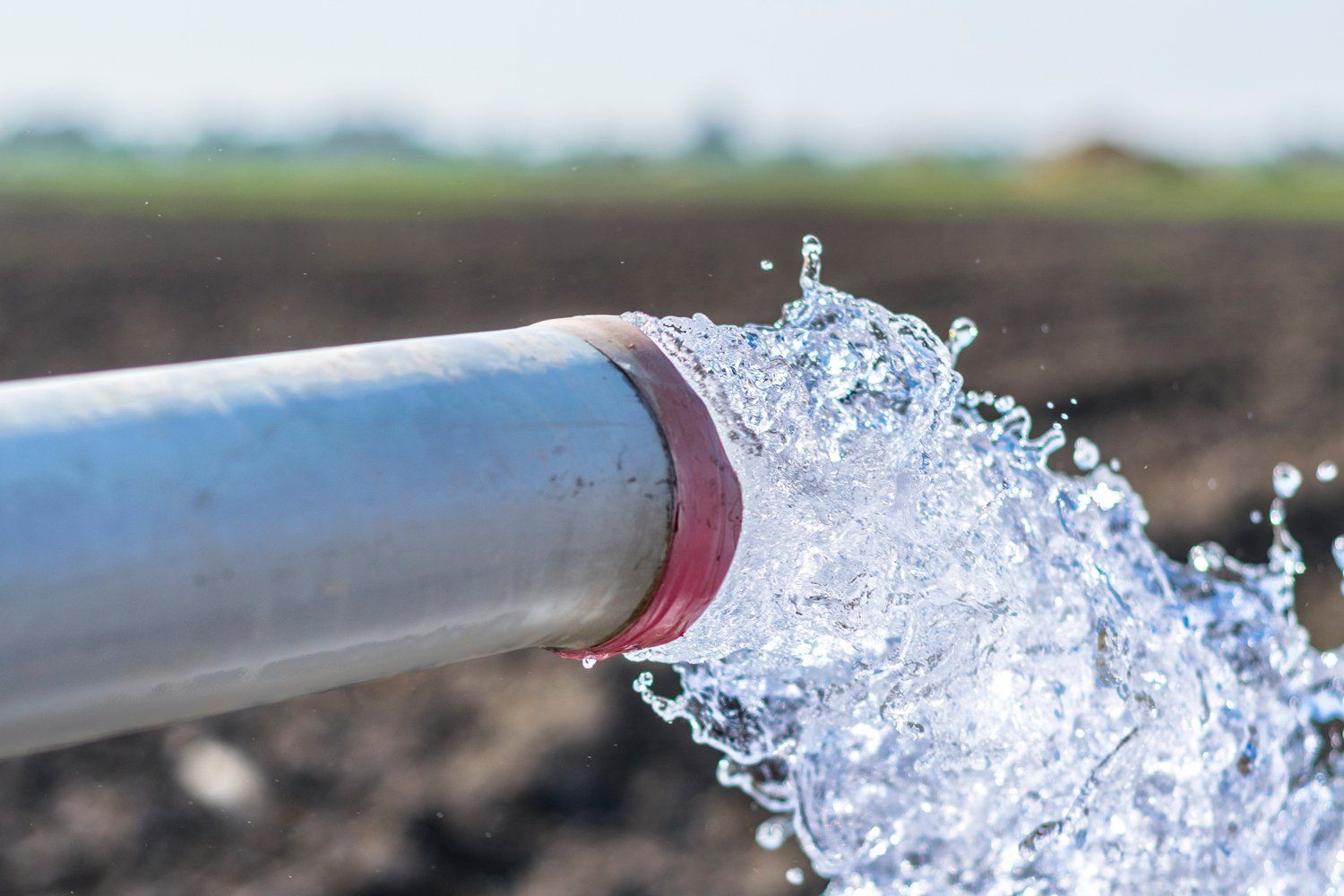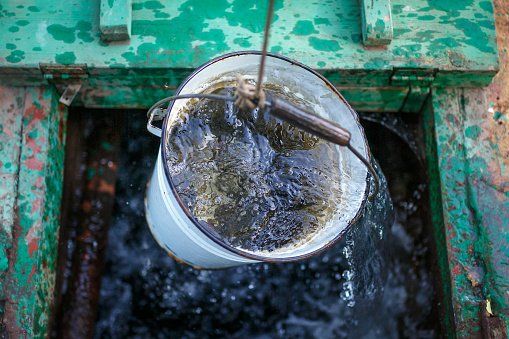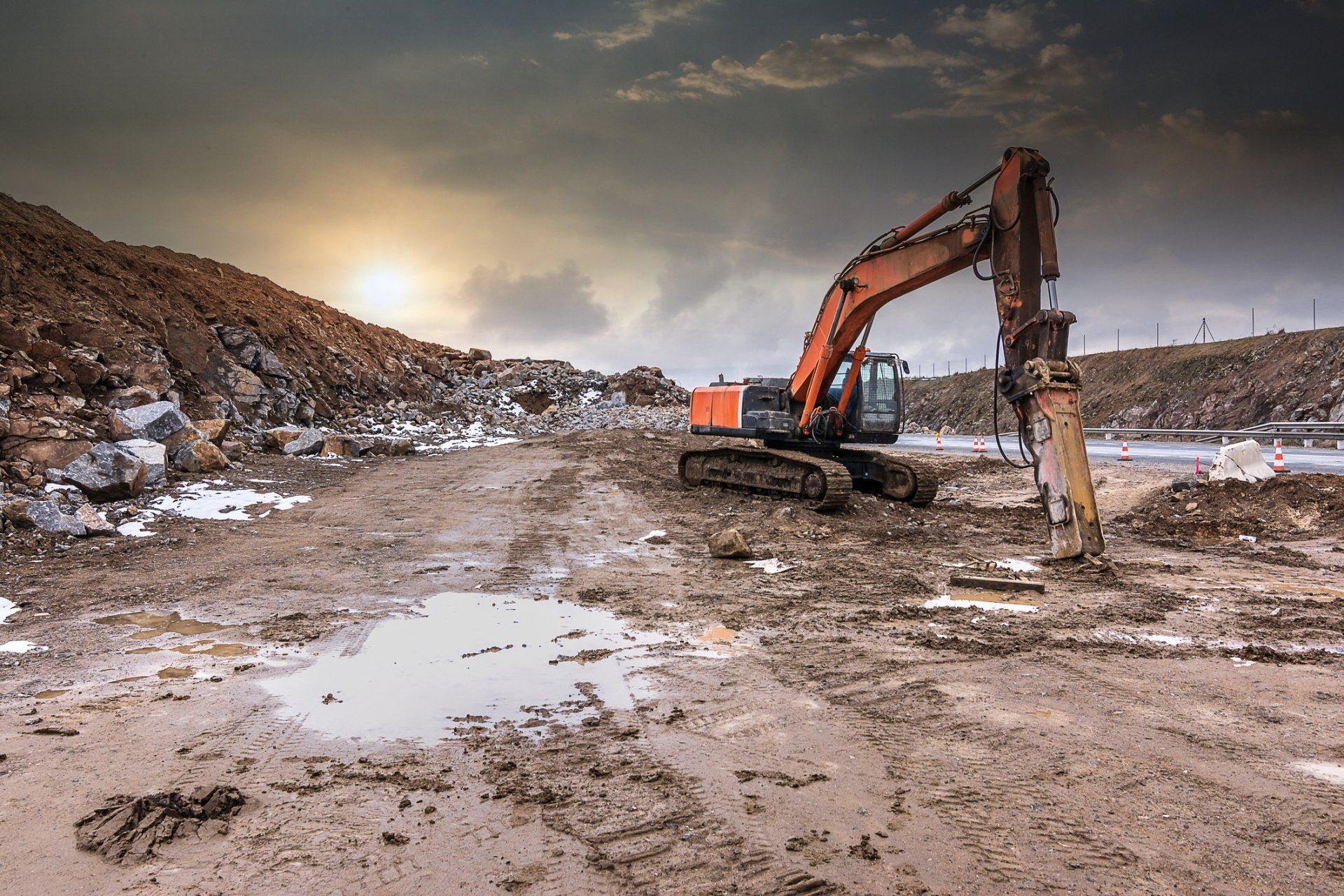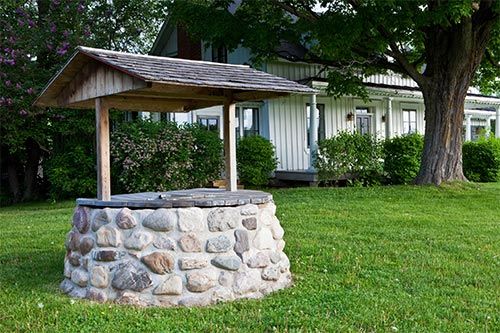4 Ways to Increase Home Water Pressure When You Have a Well
- By Admin
- •
- 17 Aug, 2020
- •
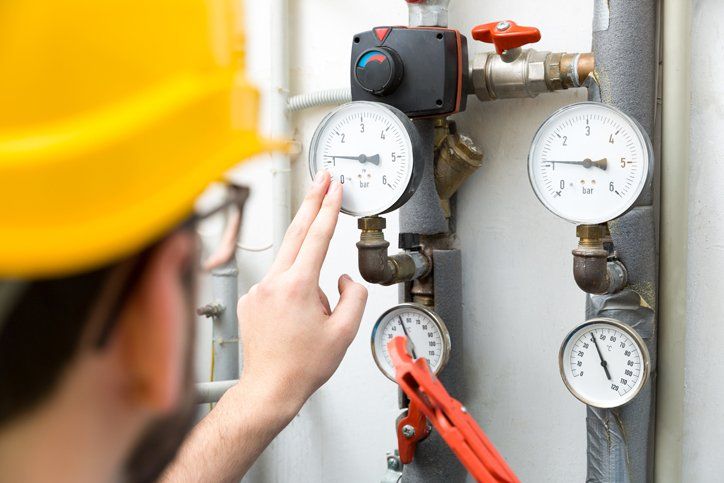
If your home is supplied with water from a well, then you may struggle with consistently low home water pressure or water pressure that frequently fluctuates.
While you may think that low or fluctuating water pressure is inevitable when your home is connected to a well, the truth is that most homeowners can increase the pressure of the well water supplied to their homes, and there are many easy ways to do it.
Read on to learn four ways to increase your home water pressure when your home is connected to a water well.
1. Adjust Your Pressure Tank Settings
Most residential wells are equipped with pressure tanks that control the pressure of the water that flows from the well to a home. While the average home connected to a city's municipal water supply receives water at about 60 pounds per square inch (psi), the default setting for most well water pressure tanks is just 28 psi. You can adjust this tank setting to increase home water pressure greatly.
Additional pressure settings on most tanks include 20/40, 30/50, and 40/60 psi. The first number designates how low the pressure in the tank must drop before the well pump begins filling it with more water and the second number indicates how high the water pressure in the tank can get before the pump shuts off.
Increase your tank pressure setting to 40/60 psi, and you may be surprised when your home water pressure increases greatly after this simple adjustment.
2. Consider a Pump with a Higher Flow Capacity
If your pressure tank is already adjusted to its highest setting, then your water pressure problem may be caused by your current well pump. Different well pumps have different flow rate, or flow capacity, ratings, and if the flow rate of your current pump is too low, then it may not be able to pump enough water into your home to meet your family's water demands.
The flow rate of a well pump is measured in gallons per minute (GPM). If you currently have a well pump with a GPM rating of 8, you may notice that your home water pressure improves greatly after you upgrade to a pump with a 12 GPM rating.
3. Upgrade to a Constant Pressure System
If your home water pressure problem is not consistently low water pressure, but instead frequent water pressure fluctuations, then you should consider upgrading your well tank and pump system from a traditional system to a constant pressure system.
As mentioned, even when adjusted to the highest pressure setting, a traditional well pressure tank will allow water pressure to fluctuate by about 20 psi. However, a constant pressure system does not allow the water pressure in the tank to drop by more than 2 psi before it triggers the pump to increase tank water pressure again. This consistent tank water pressure leads to consistent home water pressure.
While constant pressure systems can vary in design, most are equipped with special electronic water pressure sensors located in their tanks that send a signal to the well pump to begin filling the tank as soon as water psi begins to drop even slightly to keep water pressure more consistent.
4. Install a Water Pressure Booster Pump
Another way to increase water pressure in your home is to add a water pressure booster pump to your home plumbing system.
This pump can be especially useful if your water pressure seems much lower on the top floor of your home than on the ground floor since many standard well pumps have difficulty competing with gravity when they supply water to a home's top floor. Booster pumps are electrical and use motors and impellers to increase the speed of the water that flows into your home. This helps it reach fixtures on your top floor more easily.
If you live in a home connected to a water well, don't feel that you have to struggle with low or fluctuating water pressure in your home. This problem can be easily fixed by trying one of the solutions above. Contact the well experts at McCall Brothers Inc. for all of your residential water well needs.


